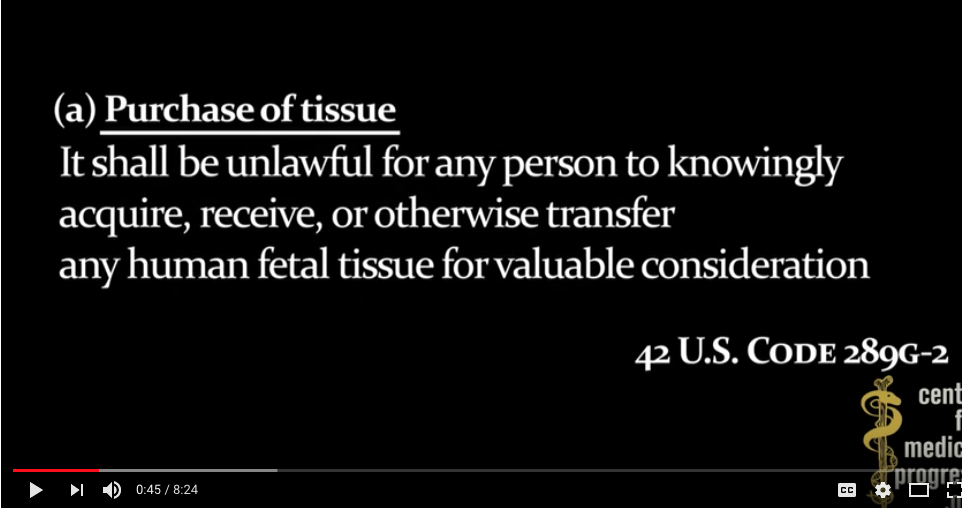The ABCs of Biotech for Christians - Fourteenth in a series - M is for Mice
As early as the 16th century the lowly mouse was used in scientific experiments. Today, approximately 95 percent of all laboratory animals are mice and rats. This video (only a minute) explains why mice are so useful in biotech research.
PETA says there are 100 million mice and rats used in lab experiments each year in the USA. A certain number of these are cloned, but that may not make you feel happier for the mice.
Mice… “are remarkable tools.”
A quick look at the list of Nobel prizes for medicine confirms their contribution: discovery of sulphonamides in 1939; penicillin, 1945; yellow fever vaccine, 1951; polio vaccine, 1954; cellular origin of retroviral oncogenes, 1989; HIV-Aids virus, 2008; not to mention prions in 1997. Each time mice played a key part. In the 1980s nearly one-in-three Nobel prizes for medicine were awarded to work on mice. …In genetics, cancer, immune response, embryonic and nervous systems and infectious diseases … in short in most fields, mice are valuable…
Alongside the success stories are accounts of expensive failures. (ibid) After all, mice are not human, so to view them as replicating aspects of our physiology in drawing conclusions for medicine and therapies does have limitations.
To overcome these, mice are altered to allow biotech researchers to better try out models for cures or to better understand the disease or anomaly under review. There are various ways to alter a mouse:
- Breeding can enhance a particular trait for study
- Mouse DNA can be modified to edit out a section or gene so that the mouse can be examined for its response to a drug based on its lack of a certain gene. Or, specific DNA can be activated for testing.
- Mice can be genetically modified by introducing a gene in the germ stage (petri dish) of its reproduction so that it is “transgenic” and expresses human genes. Thus, it has become a new kind of creature. It is no longer a mouse.
Last week a number of news stories reported that the US FDA has signed a contract to purchase fresh human baby parts from aborted fetuses so that they can be transplanted into mice for research projects. The FDA notice stated, “Fresh human tissues are required for implantation into severely immune-compromised mice to create chimeric animals that have a human immune system.”
The slope is slippery. Three summers ago a national scandal erupted with videos published one week at a time beginning in July by the Center for Medical Progress (CMP), proving that Planned Parenthood (PP) contracted with biotech companies to supply body parts from aborted babies for research needs. The parts were sold for $50 to $100 or ?, who knows. This was presented by PP as money for necessary expenses in procuring the “tissue.” PP technicians were paid a bonus for intact specimens. It is against the law to sell or acquire human body parts for profit. (PP’s net assets in 2017 were $1.6 billion.)

The public was stunned. Political action was demanded and some legislators sought answers from PP. The CMP videos proved that abortions were being performed to retain the integrity of certain organs, though this changed the procedure described in advance to the woman.
The method of suctioning out the fetus that destroyed recognizable parts was changed to removal by other means to retain the liver or thymus, for example. The women were asked to sign off on the plan to use their baby's body parts but were not remunerated. In other words, the money they pay for abortion helps to pay for the research done by biotech companies in need of fresh human tissue. The biotech investors no doubt really appreciate their generous contribution.
It would seem that all of the difficult undercover work of the CMP was for nought.
Robert Burns’ To A Mouse comes to mind, only quoting the final two stanzas:
…But Mouse, you are not alone,
In proving foresight may be vain:
The best laid schemes of mice and men
Go often askew,
And leave us nothing but grief and pain,
For promised joy!
Still you are blessed, compared with me!
The present only touches you:
But oh! I backward cast my eye,
On prospects dreary!
And forward, though I cannot see,
I guess and fear!